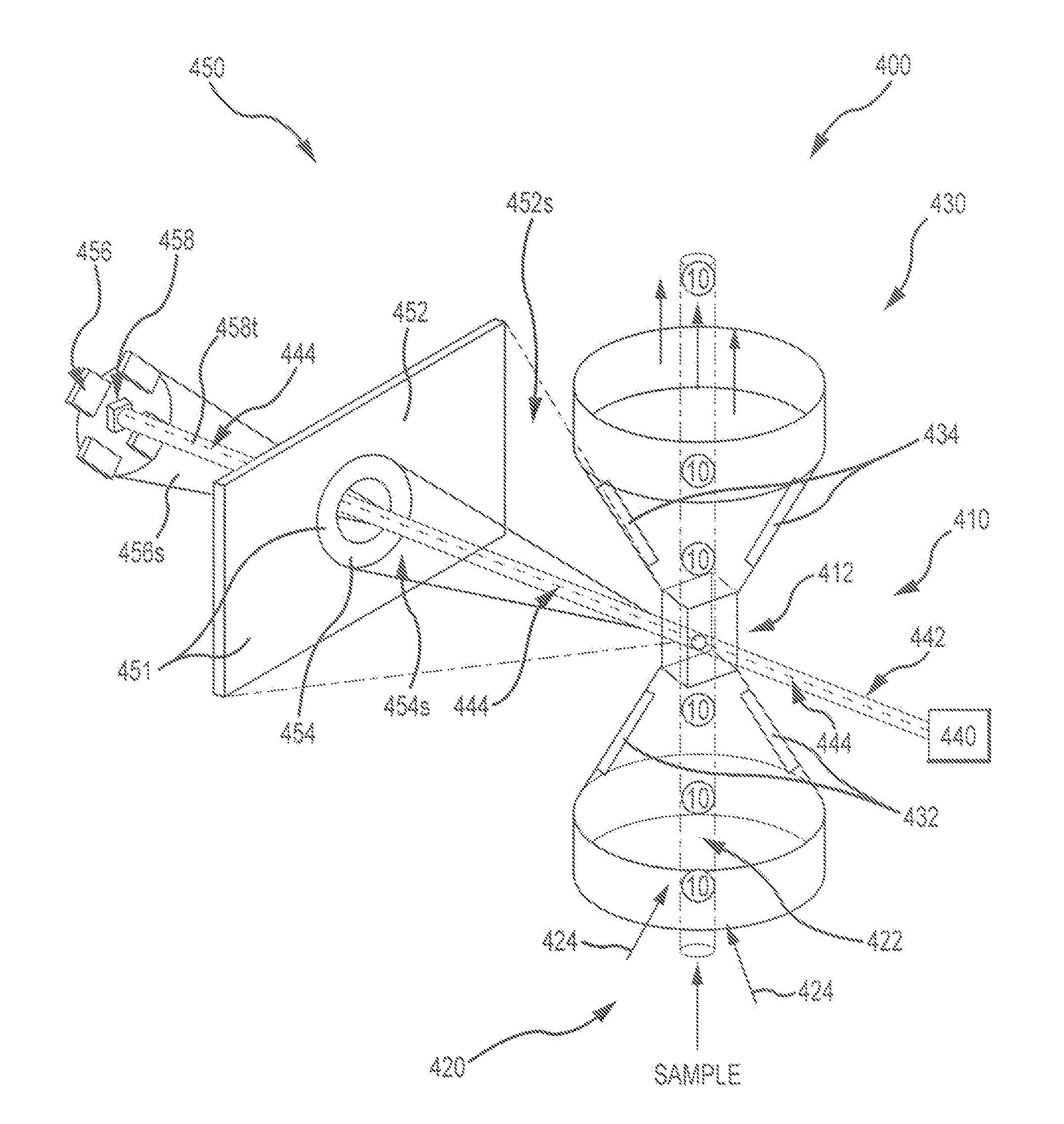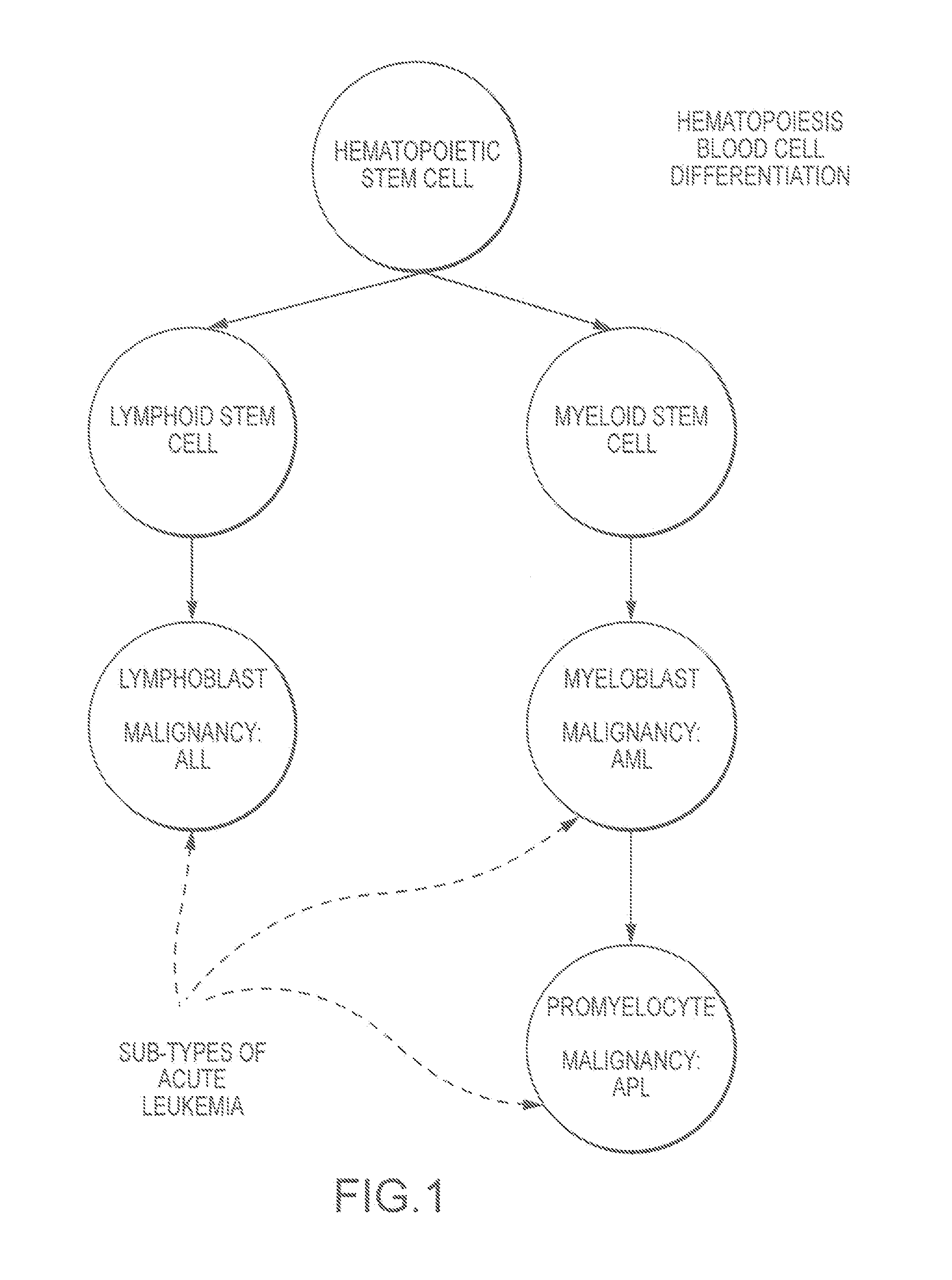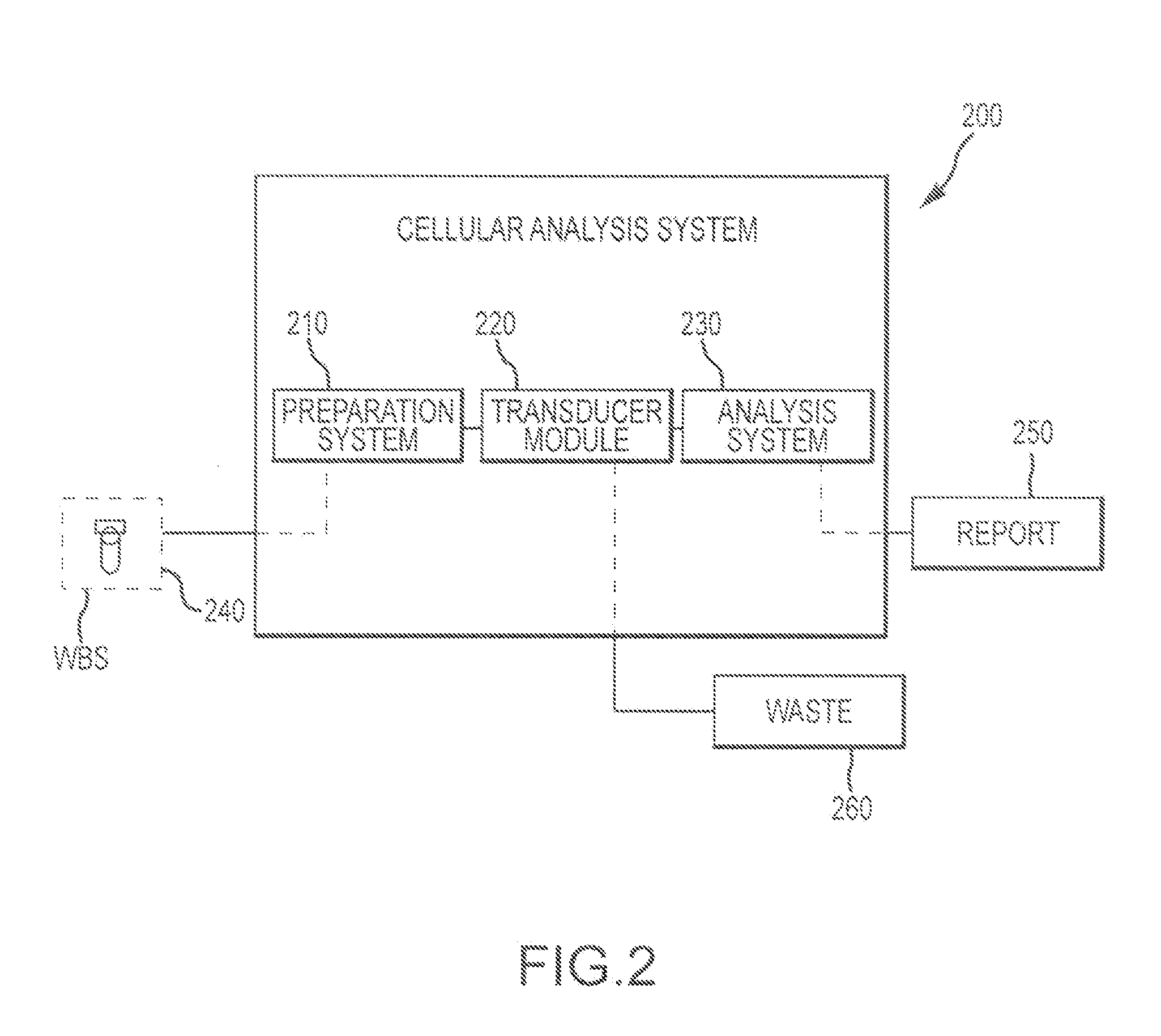Leukemia classification using cpd data
a technology of leukemia and cpd data, applied in the field of acute leukemia diagnosis and treatment, can solve the problems of inability to accurately identify features pointing to either myeloid or lymphoid lineage, the accuracy of cpd data is not high, so as to improve the probability of future complications and better predict the prognosis of disease for each individual patient.
- Summary
- Abstract
- Description
- Claims
- Application Information
AI Technical Summary
Benefits of technology
Problems solved by technology
Method used
Image
Examples
example
[0098]A study was performed based on all newly diagnosed cases of acute leukemia which presented to the Seoul St. Mary's Hospital, Seoul, Korea, between July 2009 and August 2011. A total of 503 cases included in the study received a complete diagnostic work-up as routinely performed for patient care. For cases of AML with recurrent genetic abnormalities, a minimum blast percentage of 10% was required for inclusion in the study, since smaller percentages would not be sufficient to impact the CPD. The exact leukemia sub-type was identified based on multiple laboratory tests performed as part of the routine diagnostic work-up, including CBC-diff, microscopic review of the peripheral blood and bone marrow aspirate, bone marrow biopsy, flow cytometry, and cytogenetic and molecular studies when clinically indicated.
[0099]Based on the final hematopathology report, all cases of diagnosed acute leukemia were assigned to one of the three major treatment groups that require different inductio...
PUM
 Login to View More
Login to View More Abstract
Description
Claims
Application Information
 Login to View More
Login to View More - R&D
- Intellectual Property
- Life Sciences
- Materials
- Tech Scout
- Unparalleled Data Quality
- Higher Quality Content
- 60% Fewer Hallucinations
Browse by: Latest US Patents, China's latest patents, Technical Efficacy Thesaurus, Application Domain, Technology Topic, Popular Technical Reports.
© 2025 PatSnap. All rights reserved.Legal|Privacy policy|Modern Slavery Act Transparency Statement|Sitemap|About US| Contact US: help@patsnap.com



